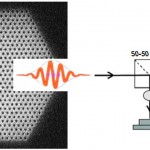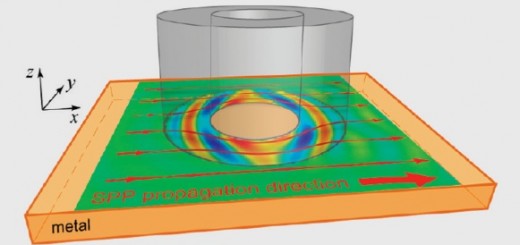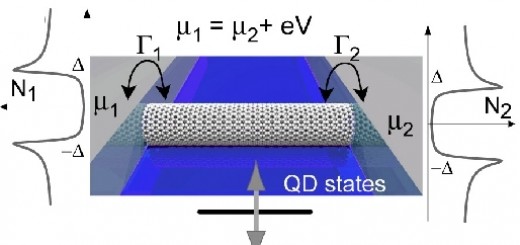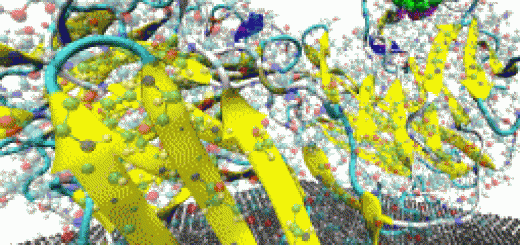NANOQUO – Nanostructures for Quantum Optics
 Funding Agency: Spanish Ministry of Science and Innovation.
Funding Agency: Spanish Ministry of Science and Innovation.
Duration: 1st January 2012 – 31st December 2014.
Principal Investigator: Carlos Tejedor
Description:
This project is devoted to the experimental and theoretical study of condensed matter nanostructures as components for quantum optical information processing.
Quantum information processing is based on a direct consequence of the quantum superposition principle: a system composed by subsystems has states that can not be factorized in products of states of its components. This nonseparability, labelled as entanglement, is at the heart of quantum cryptography, quantum teleportation or other quantum operations. Pairs of photons are the usual candidates for supporting and transmitting quantum information encoded in photonic entangled states. The production “on demand” of such pairs is a very active field of research and is the first task of this project.
Apart from manipulating photons, we investigate other bosonic quasi-particles as candidates for performing quantum states engineering for transmission and support of information. In particular, exciton-polaritons in semiconductor nanostructures and plasmon-polaritons in metallic nanostructures.
Our second task is the study of exciton-polaritons. In this case, our interest is not only to look for entangled states but also to engineer novel quantum states macroscopically coherent. Under suitable pumping conditions, exciton-polaritons might undergo a transition to a novel collective state: a superfluid behaviour in out-of-equilibrium conditions.
In our third task of this project we investigate plasmon-polaritons in hybrid metal-semiconductor nanostructures as the basic ingredient of a very promising but not yet developed field: quantum plasmonics. On top of the fundamental interest of this new field, our motivation comes from the fact that plasmon-polaritons fulfil two essential requirements for quantum information processing as tunable qubit-boson coupling and controllable dissipation.



















